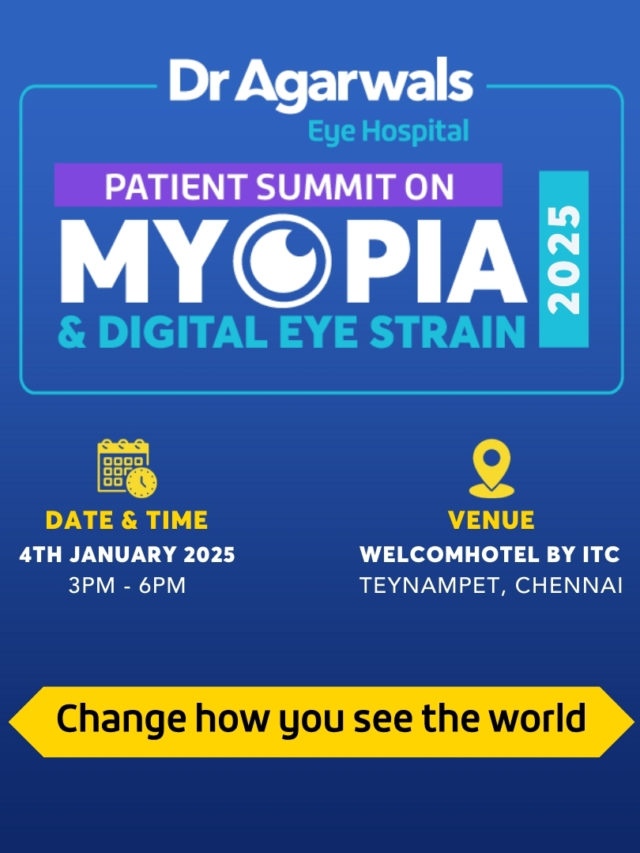Cataracts, a common age-related vision impairment, affect millions of people worldwide. As we age, the natural lens in our eyes can become cloudy, leading to blurred vision and decreased visual acuity. Fortunately, advancements in medical technology have transformed cataract surgery into a highly effective and minimally invasive procedure, with phacoemulsification standing at the forefront of modern techniques.
Understanding Cataracts
Before delving into phacoemulsification, it’s essential to grasp the nature of cataracts. Cataracts develop when proteins in the eye’s lens clump together, causing cloudiness and interfering with light transmission. This process gradually progresses, leading to a deterioration of vision.
Traditional Cataract Surgery
In the past, cataract surgery involved a technique called extracapsular cataract extraction (ECCE). This method required a larger incision, resulting in a longer recovery period and increased risk of complications. Patients often had to wear thick glasses to compensate for the significant refractive changes caused by the surgery.
The Evolution of Cataract Surgery
The advent of phacoemulsification in the 1960s marked a revolutionary shift in cataract surgery. This technique involves using ultrasound energy to break up the cloudy lens into tiny fragments, which are then suctioned out through a small incision. Phacoemulsification allows for a quicker recovery, reduces the risk of complications, and minimises the need for postoperative glasses.
What is Phacoemulsification?
Phacoemulsification is a modern surgical technique used for cataract removal, a common eye condition that typically occurs with ageing. Cataracts develop when the natural lens of the eye becomes cloudy, leading to blurred or distorted vision. Phacoemulsification is a precise and minimally invasive procedure designed to remove the cloudy lens or the natural lens and replace it with an artificial IOL (IntraOcular Lens) for clear vision.
Here’s a step-by-step breakdown of the phacoemulsification process
-
Anaesthetic
Before the surgery begins, the patient receives local anaesthesia to numb the eye. In some cases, mild sedation may also be provided to help the patient relax.
-
Incision
A small incision, typically around 2-3 millimetres in size, is made on the cornea. This incision serves as the entry point for the surgical instruments.
-
Capsulorhexis
A circular opening is created in the front part of the lens capsule. This step is crucial for accessing and removing the cloudy lens.
-
Phacoemulsification
A probe is inserted through the incision, and ultrasound energy is used to break up the cloudy lens into tiny fragments. The process is called phacoemulsification because it involves emulsifying the cloudy eye lens material with the use of ultrasound.
-
Aspiration and Irrigation
The cloudy or fragmented lens material is suctioned out through the same probe used for phacoemulsification. Simultaneously, a balanced salt solution is injected to maintain the shape of the eye and keep the anterior chamber clear.
-
Intraocular Lens (IOL) Implantation
Once the cloudy lens is removed, an artificial intraocular lens (IOL) is inserted into the lens capsule. The IOL serves as a replacement for the natural lens, helping to restore clear vision.
-
Incision Closure
The small incision is self-sealing in many cases, eliminating the need for stitches. The eye is left to heal naturally.
Here’s the clear video of what is cataract and it’s procedure:
Key Advantages of Phacoemulsification
-
Minimally Invasive Approach
Phacoemulsification requires a tiny incision, typically around 2-3 millimetres. This minimally invasive approach results in less trauma to the eye, faster healing, and a reduced risk of infection.
-
Quick Recovery
Patients undergoing phacoemulsification often experience a swift recovery compared to traditional surgery. Many individuals notice improvements in their vision within a few days, allowing them to return to their daily activities sooner.
-
Precision and Control
The ultrasound technology used in phacoemulsification allows surgeons to precisely target and remove the cloudy lens while preserving the integrity of the eye’s structures. This level of control enhances the safety and efficacy of the procedure.
-
Reduced Dependence on Glasses
Unlike traditional cataract surgery, which often necessitated thick glasses to correct vision, phacoemulsification offers the option for premium intraocular lenses (IOLs). These advanced lenses can address astigmatism and presbyopia, reducing or eliminating the need for glasses after surgery.
-
Outpatient Procedure
Phacoemulsification is typically performed on an outpatient basis, allowing patients to return home on the same day. This convenience is particularly beneficial for individuals with busy schedules.
Hence, Phacoemulsification has undeniably transformed cataract surgery, offering patients a safer, quicker, and more effective means of restoring clear vision. As technology continues to advance, the future holds the promise of further refinements in surgical techniques and even more sophisticated intraocular lens options. With the continued evolution of cataract surgery, individuals facing this common age-related condition can look forward to improved outcomes and an enhanced quality of life.








